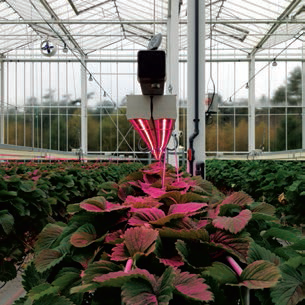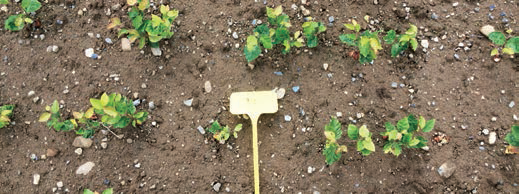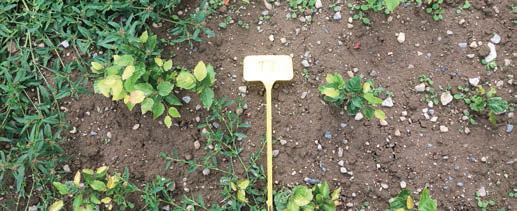
Mushroom grower workshop and UK mushroom conferenceOn Thursday, March 28th, Teagasc hosted a mushroom growers’ workshop in the Four Seasons Hotel, Co. Monaghan. The event was an informative and valuable session. One of the topics on the day was to inform growers of the findings of the SafeMush project undertaken by Teagasc Food Research team in Ashtown and Moorepark. Details and findings from the project were presented by Kaye Burgess and Kieran Jordan. A training video for farm operatives and harvesters developed by the SafeMush project was launched at the event. It can be used as part of employee induction on mushroom farms. Other topics that were presented on the day were harvesting optimisation (best practices to optimise yield at harvesting), integrated pest management, pesticide application and mental health awareness. The workshop was a morning session with a white mushroom farm walk was organised in the afternoon within close proximity to Monaghan town. The Agriculture & Horticulture Development Board is hosting a mushroom conference on 25 April in the Woodside Hotel, Kenilworth (near Birmingham). It is a one day conference aimed at bringing the mushroom industry together during a time of major change, uncertainty and opportunity. Guest speakers include Irish representatives Helen Grogan (Teagasc Mushroom Researcher) and Brendan Burns (Sylvan). The conference agenda is now available and bookings can be made online on the ADHB website https://horticulture.ahdb.org.uk/event/mushroomconference-2019 ✽ |
Staff recruitmentDanielle Boland has recently taken up the position of nursery production technician at Kildalton College. Danielle comes to the college from the Teagasc Horticulture Development Department where she was working as a research technician on the New Leaves Project, a Department of Agriculture, Food and the Marine funded project. The New Leaves project is researching and developing novel crops for the cut foliage sector and generating knowledge of key pest and disease issues on cut foliage crops. Prior to this Danielle worked at SAP Nurseries in Tipperary as a supervisor. A native of Waterford, Danielle completed her horticultural training at Kildalton College and WIT before moving to CIT to complete her level 8 degree in horticulture. We have no doubt that Danielle will bring new ideas and initiatives to the commercial college nursery (which produces a wide range of ornamental plants) while involved in the practical training of students. ✽ |
Upcoming events2 APRIL – GCSAI Turfgrass/John Deere Machinery Seminar, Ashtown |
WEED CONTROL
|
Kildalton college gets involved in citizen science
Kildalton College became involved in this exciting project through horticulture graduate Dee Sewell. Dee, the founder of Greenside Up is coordinating the GROW project in the southeast of Ireland. According to Dee, “Many people are very aware of the impact that we are having on the environment but feel helpless when it comes to making a valued contribution towards solving many of the difficult issues which we now face. By being involved in this project the general public and growers are gathering information which is being used by scientists to build up valuable data regarding soil and crops.” Grainne McMahon, assistant principal of horticulture at Kildalton said, “We are delighted to be involved in a citizens’ science project such as the GROW project. Soil is such an invaluable and delicate resource, it is essential that we as growers become more proactive in protecting it, to ensure it is productive for future generations.” As part of the project, Kildalton College has 24 soil sensors located in their crops. Teagasc Oak Park is also involved in collecting data through sensors, which will help develop more accurate climatic models and the prediction of severe weather events such as droughts and flooding. GROW has two challenges which this project is focusing on: saving soils and adapting to climate change. This will help in responding to the crucial sustainability challenges the planet faces. To learn more about the GROW project and how you could become involved, visit their website at www.growobservatory.org or contact Dee Sewell and Joanne Butler at info@cgireland.org ✽ |










